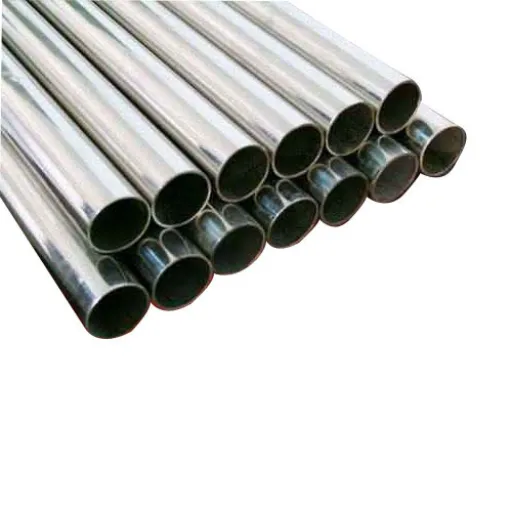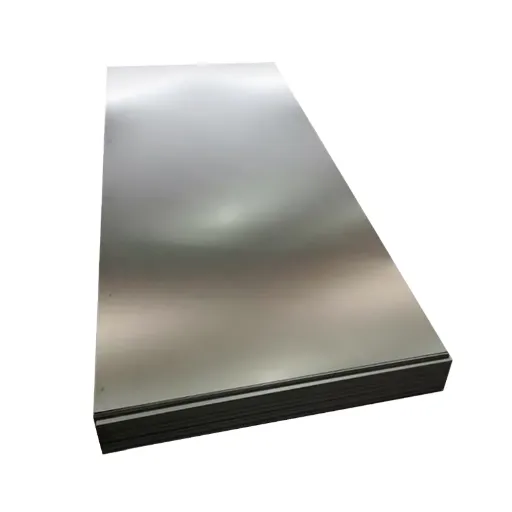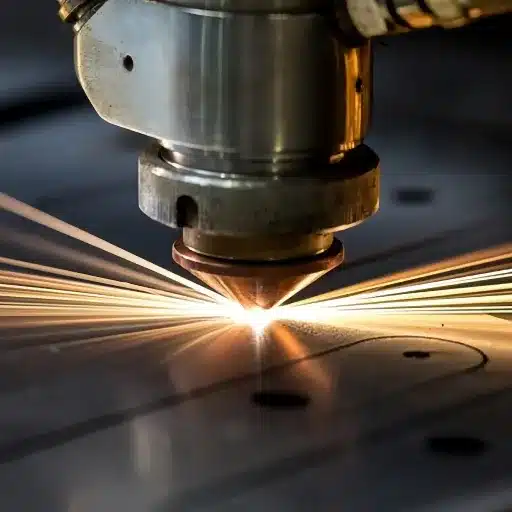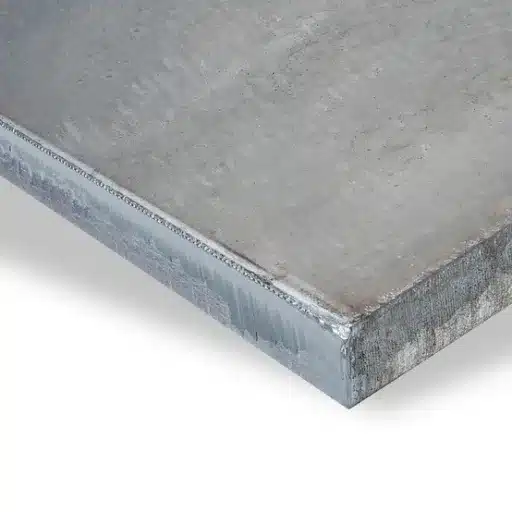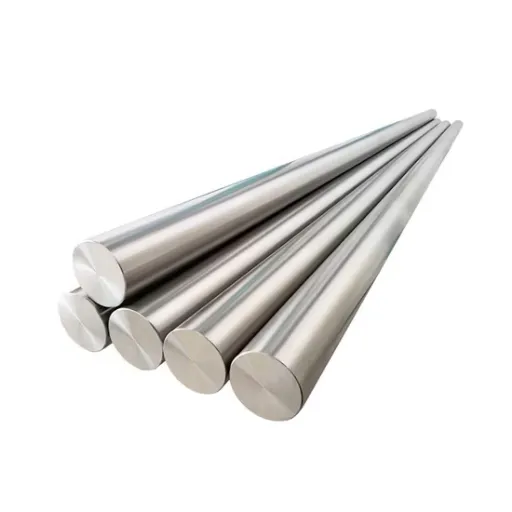When considering the most appropriate types of steel for the production of knives and tools, there is that reverence for either D2 or 1095 steel. Whether you’re a craftsman, knife user, or customer who demands a durable tool, understanding the comparison between these steels is necessary to make informed decisions. Both have distinct advantages that make each suited for particular purposes, and their presence in the market is well-appreciated.
Key Takeaway: This comprehensive guide will examine D2 vs 1095 steel in great detail, covering toughness, hardness, cutting efficiency, resistance to rust, and other important factors to help you choose the steel that best suits your requirements.
Understanding Steel Composition
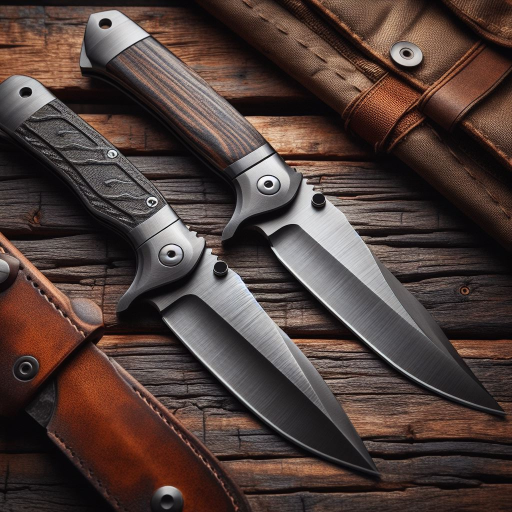
The steel composition includes specific elements that determine its properties and performance characteristics:
D2 Steel
High carbon, high chromium tool steel known for its hardness, wear resistance, and durability. Contains approximately 1.5% carbon and 11-13% chromium, offering moderate resistance to corrosion.
1095 Steel
High carbon steel containing about 0.95% carbon. Retains sharpness very well and is tough, but has poor corrosion resistance due to its low chrome content.
Chemical Composition Comparison
| Parameter | D2 Steel | 1095 Steel |
|---|---|---|
| Carbon (C) | 1.55% | 0.90–1.03% |
| Chromium (Cr) | 12% | Not present |
| Manganese (Mn) | 0.60% | 0.15–0.50% |
| Vanadium (V) | 0.90% | Not present |
| Molybdenum (Mo) | 0.80% | Not present |
| Nickel (Ni) | 0.30% | Not present |
| Silicon (Si) | Not specified | 0.15–0.35% |
| Iron (Fe) | Balance (~82.57%) | Balance |
Strengths and Weaknesses Analysis
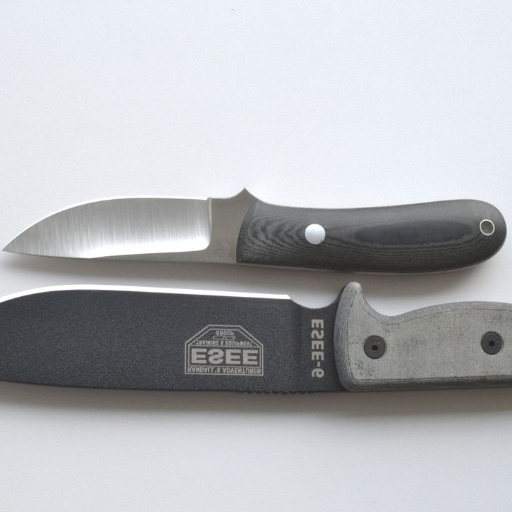
| Parameter | D2 Steel | 1095 Steel |
|---|---|---|
| Hardness | High hardness, up to 62 HRC | Moderate hardness, up to 55 HRC |
| Wear Resistance | Excellent wear resistance | Good wear resistance |
| Corrosion Resistance | Moderate corrosion resistance | Low corrosion resistance |
| Edge Retention | Superior edge retention | Decent edge retention |
| Toughness | Moderate toughness | High toughness |
| Machinability | Poor machinability | Good machinability |
| Welding | Difficult to weld | Easier to weld |
| Cost | Expensive due to alloying elements | Affordable |
Toughness Comparison: D2 vs 1095
When examining D2 and 1095 steels, their toughness depends on characteristics that enable them to perform in various applications:
Resistance to Impact Forces
- D2 Steel: High chromium and hardness make it more brittle and prone to damage from heavy impact forces, easily chipping or cracking under extreme stress.
- 1095 Steel: Simpler formulation and low chromium content provide better impact resistance, making it preferable when shock absorption is essential.
Elasticity and Flexibility
- D2 Steel: More rigid and less bendable, reducing toughness during bending and side load conditions.
- 1095 Steel: Higher flexibility provides more resistance against breaking when under bending force.
Hardness vs. Malleability Trade-off
- D2 Steel: High hardness enhances edge retention but reduces ductility, affecting impact resistance.
- 1095 Steel: Balanced strength and toughness make it more forgiving for high-impact applications.
Corrosion Resistance Analysis
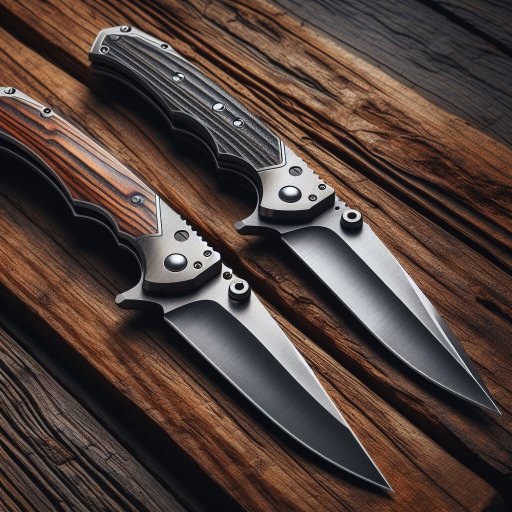
Chromium Content Impact
- D2 Steel: 11-13% chromium provides better corrosion resistance compared to carbon steels, though inferior to true stainless steels.
- 1095 Steel: Minimal chromium content (barely 0.4%) offers virtually zero natural corrosion resistance, requiring constant care to prevent rusting.
Environmental Performance
- D2 Steel: Performs well in non-salty or mild conditions but struggles in salty or wet environments for extended periods.
- 1095 Steel: Best suited for dry environments only; requires immediate protection when exposed to moisture.
Maintenance Requirements
- D2 Steel: Moderate care regime including regular cleaning and occasional oiling.
- 1095 Steel: Requires frequent cleaning, complete drying, and regular oiling to prevent rust formation.
Edge Retention Capabilities
Laboratory Test Results: D2 steel maintains 20-30% better edge retention compared to 1095 when cutting materials like cardboard and plastic ropes over extended periods.
D2 Steel Edge Performance
- Optimized for wear resistance with superior edge retention
- 11-13% chromium content enhances wear resistance
- Requires sharpening less frequently in heavy-use scenarios
- More challenging to sharpen due to high hardness
1095 Steel Edge Performance
- Tough and easy to sharpen with basic tools
- Edge retention inferior to D2 steel
- Requires more frequent sharpening under constant use
- Convenient for field sharpening when necessary tools are available
Common Applications
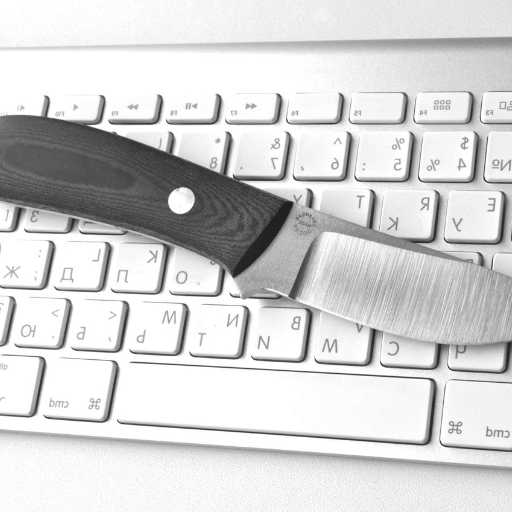
| Application Category | D2 Steel | 1095 Steel |
|---|---|---|
| Knives | High-performance cutting knives | Everyday and bushcraft knives |
| Tools | Punches, shears, and drill bits | Hand tools and simple blades |
| Industrial Use | Tire shredders, forming rolls | Springs and automotive components |
| Wear Applications | Abrasion-resistant 3D printer nozzles | Not commonly used |
| Blades | Saw blades and cutting dies | Machetes and small blades |
| Machinery | High-wear machine parts | General engineering applications |
Specialized Applications
D2 Tool Steel Applications
D2 steel’s exceptional hardness and edge retention make it ideal for:
- Industrial Cutting Tools: 50% more wear-resistant than other high carbon steels
- Injection Mold Tools: Stability under high pressure and temperature (HRC 60-62)
- Tactical and Hunting Knives: Reliable edge retention for outdoor enthusiasts and professionals
- Precision Manufacturing: Heavy manufacturing to precision tools applications
1095 Steel Knife Applications
1095 carbon steel excels in:
- Survival and Bushcraft Knives: Strong enough for heavy chopping and batoning
- Fixed Blade Knives: Exceptional edge holding with easy field sharpening
- Military and Tactical Knives: Strength and durability for combat situations
- Chef and Kitchen Knives: Razor-sharp edge for precision cutting (requires rust prevention)
- Custom Handmade Knives: Easily formed and crafted into high-quality products
Performance in Different Environments
1095 Steel Environmental Performance
- Dry Conditions: Excellent performance with minimal corrosion risk
- Humid Conditions: Requires regular cleaning and oiling to prevent rust
- Maritime Areas: Needs additional coatings and frequent maintenance
- Cold Weather: Maintains functionality without shattering in sub-zero temperatures
- Hot and Dry Conditions: Excellent rust resistance, but requires cleaning to prevent sand erosion
Sharpening Comparison
| Parameter | D2 Steel | 1095 Steel |
|---|---|---|
| Sharpening Difficulty | Difficult due to high hardness | Easy due to lower hardness |
| Edge Retention | Retains edge longer, less frequent sharpening | Requires frequent sharpening |
| Sharpening Tools | Needs diamond or ceramic sharpeners | Works with basic sharpening stones |
| Time Required | Takes longer to sharpen | Quick to sharpen |
| Skill Level Needed | Requires advanced sharpening skills | Suitable for beginners |
Real-World Performance Summary
| Performance Metric | D2 Steel | 1095 Steel |
|---|---|---|
| Edge Retention | Excellent, holds edge longer | Good, but dulls faster |
| Toughness | Moderate, prone to chipping | High, resists chipping |
| Corrosion Resistance | Moderate, semi-stainless properties | Low, rusts easily |
| Wear Resistance | Superior, ideal for heavy use | Decent, less wear-resistant |
| Ease of Maintenance | Requires more care to maintain | Easier to maintain |
| Durability | Durable under high-stress conditions | Durable for general use |
| Cost-Effectiveness | Expensive, premium applications | Affordable, versatile applications |
Expert Recommendations
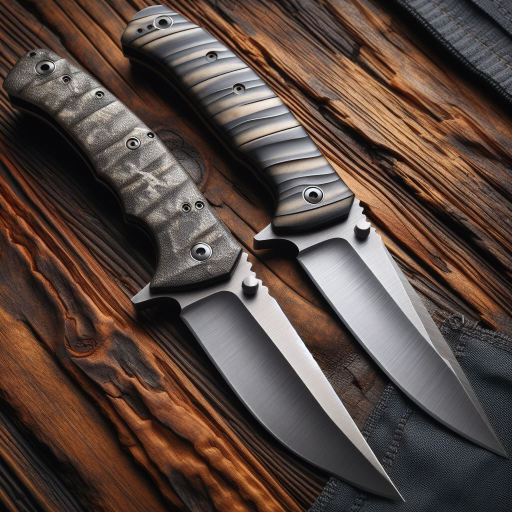
Professional Advice: When choosing a knife, consider its intended purpose and your maintenance capabilities. For survival or heavy field duties, 1095 carbon steel offers toughness and easy field sharpening. For precision cutting requiring long-lasting edges, D2 steel provides superior performance but requires more maintenance.
Choose D2 Steel When You Need:
- Superior edge retention for extended use
- High wear resistance for industrial applications
- Semi-stainless properties for moderate corrosion resistance
- Premium performance and willing to invest in maintenance
Choose 1095 Steel When You Need:
- Easy field sharpening with basic tools
- High toughness for impact-heavy applications
- Cost-effective solutions for general use
- Traditional knife-making characteristics
Long-Term Considerations
Durability Factors
- D2 Steel: Hardness of 55-62 HRC provides excellent durability in dry environments but requires regular cleaning in damp climates
- 1095 Steel: Tough and edge-retentive but requires frequent oiling after water exposure
Maintenance Requirements
- D2 Steel: Harder to sharpen but holds edge longer; requires specialized sharpening tools
- 1095 Steel: Easy to sharpen with basic tools, making it ideal for outdoor adventures
Corrosion Testing Data
Under controlled conditions with >70% humidity:
- D2 Steel: 12% chromium content provides better oxidation resistance
- 1095 Steel: Zero chromium content leads to rust formation within hours without protection
References
- SteelProGroup – D2 Vs 1095 Tool Steel: Differences Guide: A detailed comparison of the two steels.
- Qilu Tool Steel – D2 Steel vs 1095: 6 Harsh Realities: Insights into the practical applications and differences.
- BladeForums – D2 steel vs 1095 crovan steel: Discussions among knife enthusiasts and professionals.
Frequently Asked Questions
What distinguishes D2 steel from 1095 steel?
D2 is a high-carbon tool steel with additional alloys, while 1095 is plain carbon steel. D2 offers superior wear resistance and edge retention, while 1095 provides high hardness and easy sharpening capabilities.
How do they compare in hardness?
D2 steel is generally harder than 1095, achieving up to 60 HRC when heat treated. This increased hardness gives D2 superior wear resistance and edge retention compared to 1095.
Which offers better corrosion resistance?
D2 steel provides moderate corrosion resistance due to its 12% chromium content, while 1095 (plain carbon steel) is highly susceptible to corrosion and requires frequent oiling and care.
Which retains its sharpness longer?
D2 steel has superior edge retention due to its higher carbon and alloy content. However, 1095’s easier sharpening makes it ideal for users who don’t mind frequent maintenance.
Are both suitable for survival knives?
Both steels are used for survival knives but serve different needs. D2 offers wear resistance for cutting tough materials, while 1095 provides easy sharpening and toughness for everyday survival tools.
Which is better for kitchen knives?
D2 is ideal for tactical or combat knives requiring wear resistance, while 1095 suits traditional fixed knives and everyday pocket knives that need easy maintenance and resharpening.
Is D2 harder to sharpen than 1095?
Yes, D2’s increased hardness and alloy content make it more challenging to sharpen, often requiring specialized tools. 1095’s lower hardness allows for easier sharpening with basic equipment, but D2 holds its edge much longer once sharpened.
Conclusion
The choice between D2 and 1095 steel ultimately depends on your specific needs, maintenance preferences, and intended applications. D2 excels in situations requiring superior edge retention and wear resistance, making it ideal for professional and industrial applications. Meanwhile, 1095 shines in scenarios where toughness, easy maintenance, and cost-effectiveness are priorities.
Consider your usage patterns, maintenance capabilities, and environmental conditions when making your decision. Both steels have earned their place in the market by serving distinct purposes effectively, and understanding their characteristics ensures you’ll select the right steel for your specific requirements.

